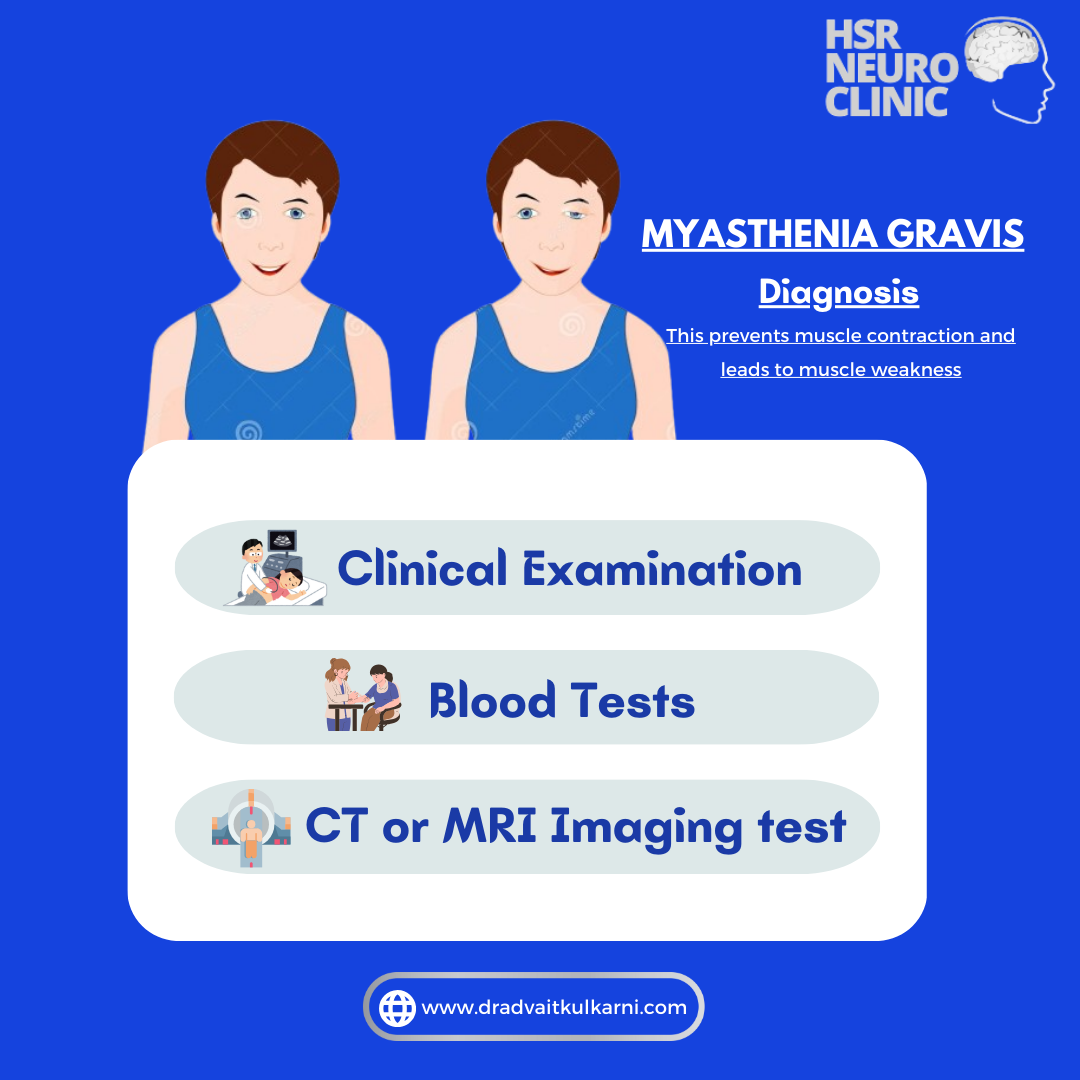+918048034088

This is your website preview.
Currently it only shows your basic business info. Start adding relevant business details such as description, images and products or services to gain your customers attention by using Boost 360 android app / iOS App / web portal.
Diagnosing myasthenia gravis (MG) involves seve...

Diagnosing myasthenia gravis (MG) involves several steps to confirm the presence of the condition. Here are the common diagnostic methods: 1. Clinical Examination A healthcare provider will review your symptoms and medical history, and conduct a physical examination to assess muscle strength and fatigue. 2. Blood Tests Antibody Tests: Blood tests can detect antibodies against acetylcholine receptors (AChR) or muscle-specific kinase (MuSK), which are often present in Myasthenia Gravis. 3. Electromyography (EMG) Repetitive Nerve Stimulation: This test measures the electrical response of muscles to repeated nerve stimulation. Single Fiber EMG: This is a more sensitive test that can detect impaired nerve-to-muscle transmission. 4. Imaging Tests CT Scan or MRI: These imaging tests can check for the presence of a thymoma (a tumor in the thymus gland), which is sometimes associated with Myasthenia Gravis. 5.Neostigmine Test Neotigmine Test: This involves injecting a drug called edrophonium chloride (Tensilon) to see if it temporarily improves muscle strength, which can indicate Myasthenia Gravis. 6. Pulmonary Function Tests Respiratory Muscle Strength: These tests measure how well the lungs are functioning and can help assess the impact of MG on breathing muscles

